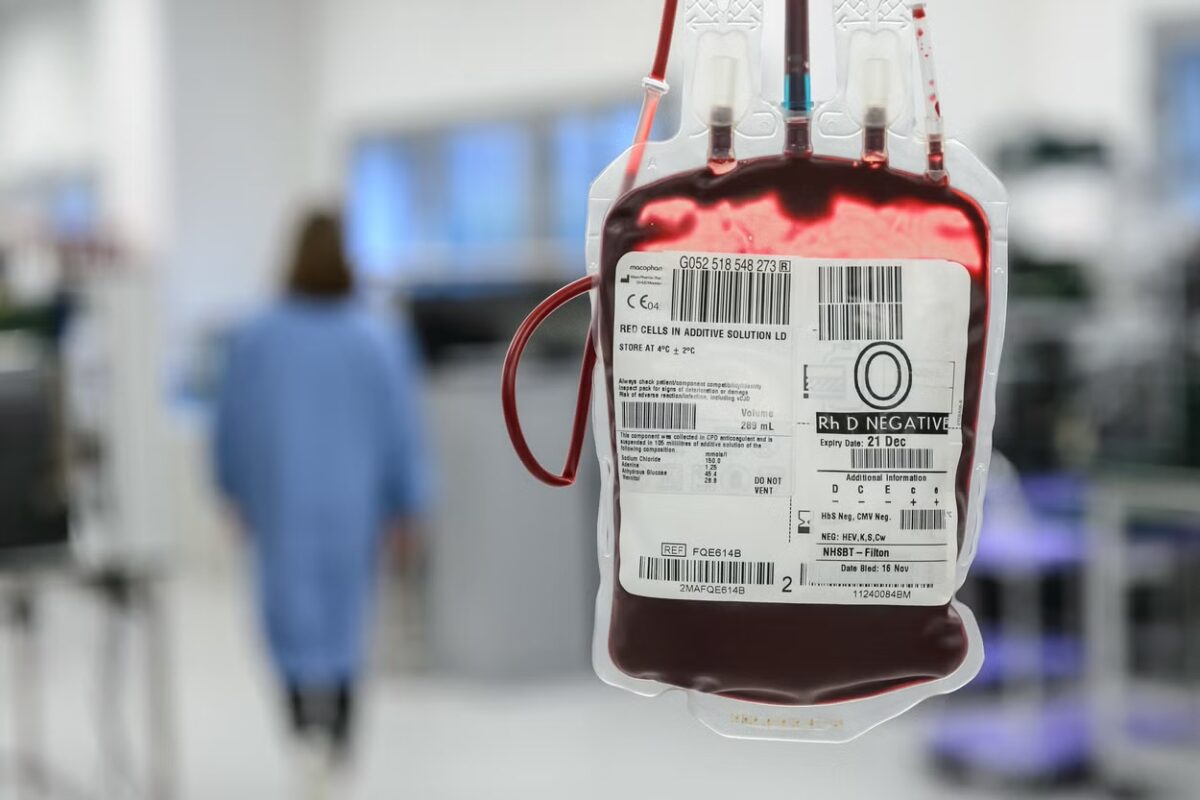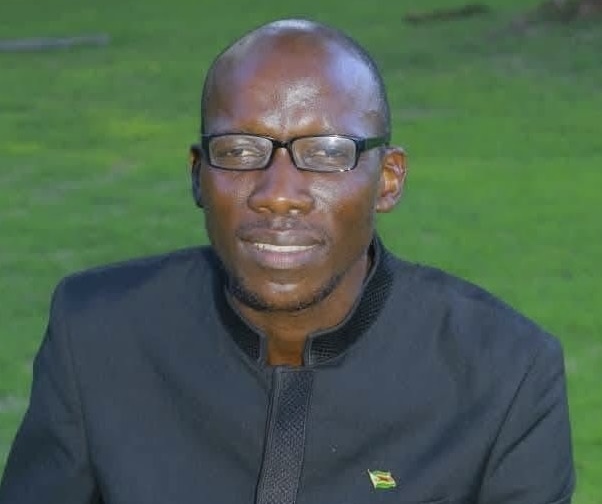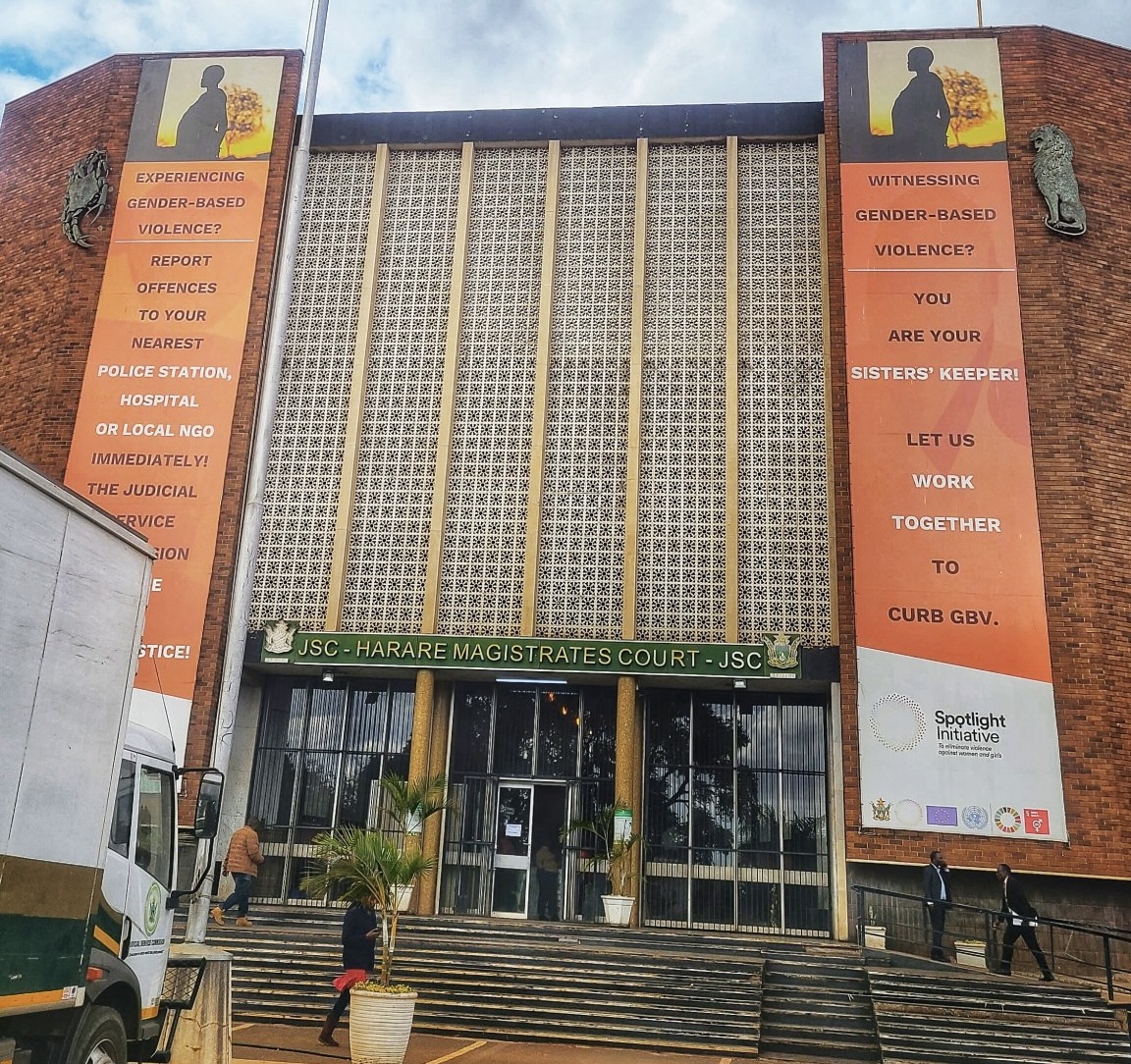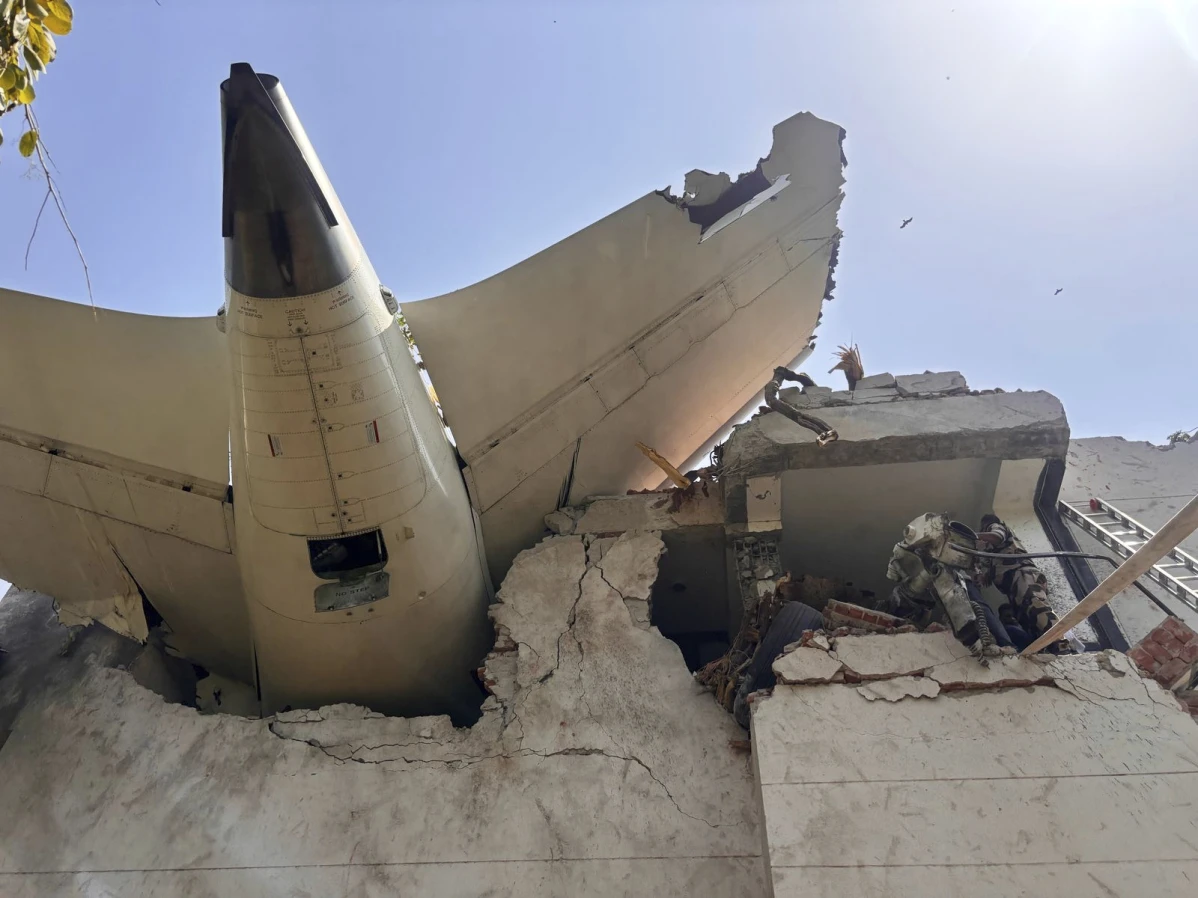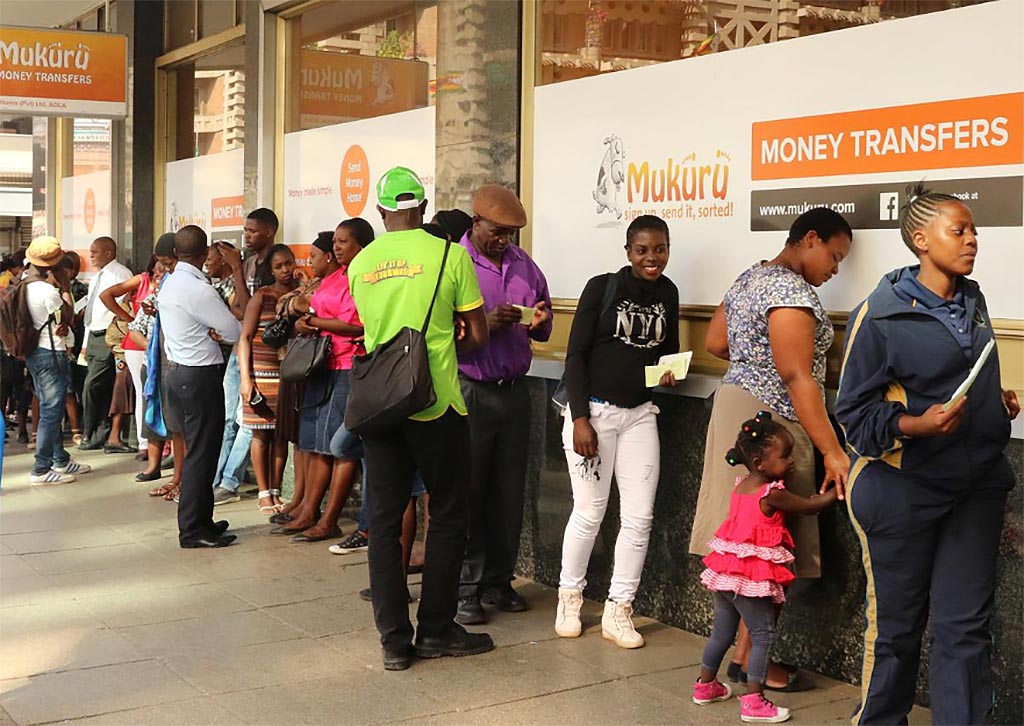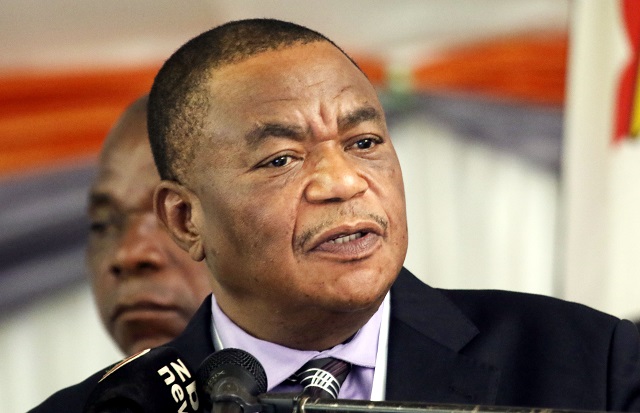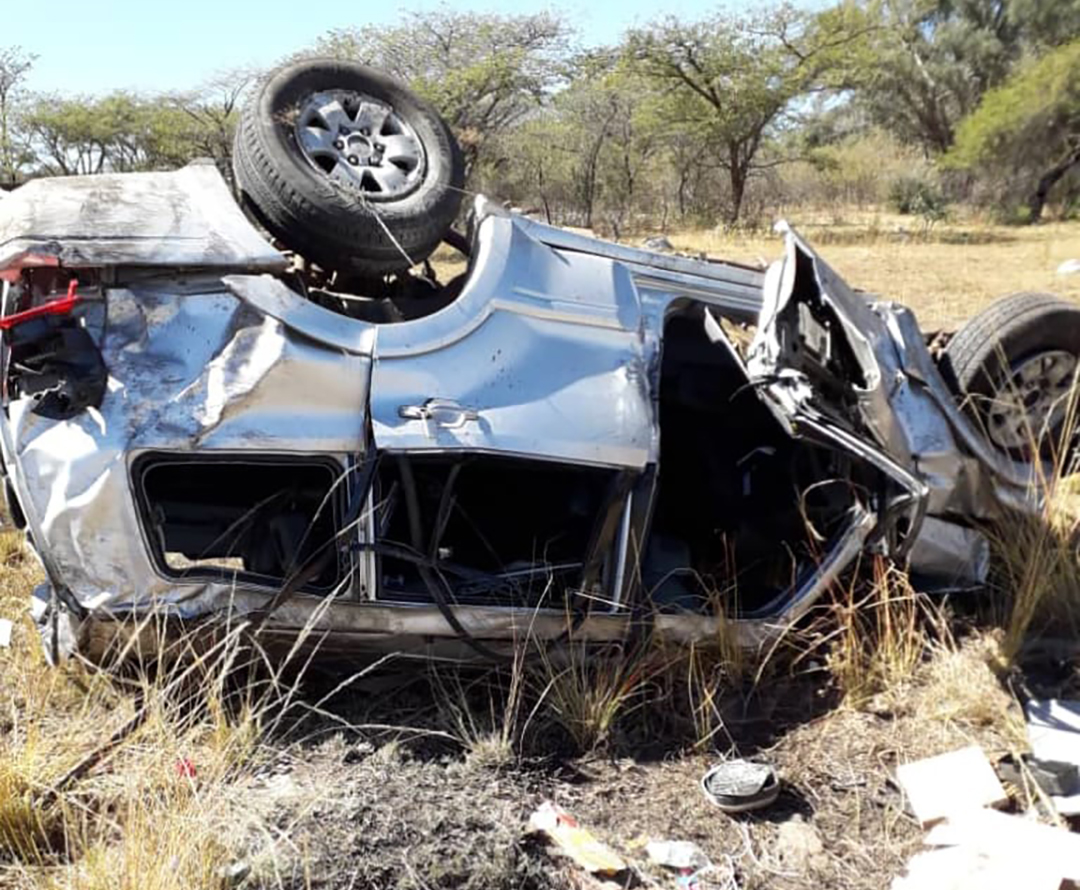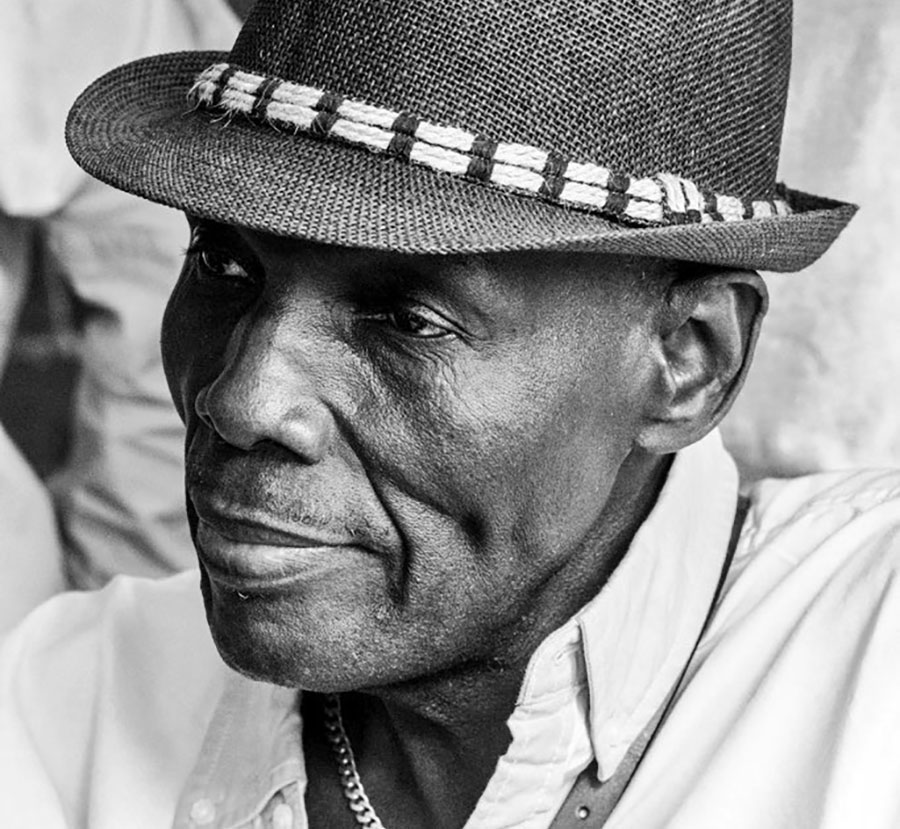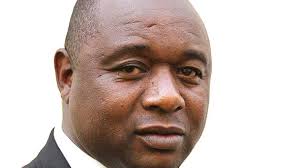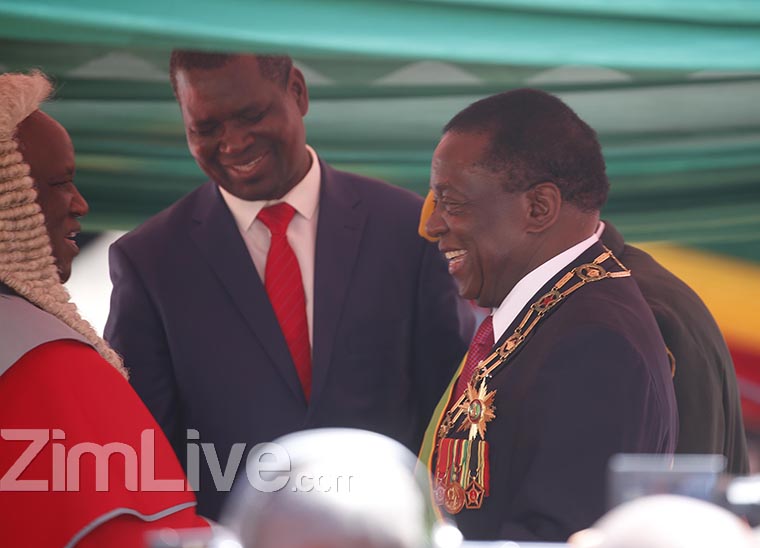HARARE – The National Blood Services of Zimbabwe (NBSZ) has launched a strident defence against public criticism over the high cost of blood.
Ahead of World Blood Donor Day on June 14, Zimbabweans on social media have been debating the cost of a pint of blood which at some private institutions can go up to US$1,000.
NBSZ says it makes just US$5 in profit for every pint of blood sold, whose current price is capped at US$250.
The country’s blood bank insists that it provides public hospitals with blood for free as the government picks up the tab.
“We operate on a cost recovery basis, meaning that we recover exactly what it costs us to collect, process and distribute the blood. That entire chain is made up of activities whose cumulative cost is currently US$245, thus we charge US$250 to cater for normal process losses,” NBSZ said in response to questions from ZimLive.
Social activist Freeman Chari argues that a pint of blood should not cost more than $100.
He wrote on X: “As a person with a bit of knowledge on how blood banks work, the most expensive thing is the pack, which averages about $40-$50 if bought in bulk.
“The screening and separation process doesn’t cost more than $20. If you add labour, collection and storage costs of $20 per pint maximum cost would be $90.
“The total cost of processing blood if done efficiently is below $100. In fact Lucy Marowa, the current CEO of NBSZ said in 2019 it was $120. Why would they add a 100 percent markup for a national service? Zimbabwe needs only 100,000 units per year. Which is just $10 million. A government for the people can subsidise that. That’s what governments do.”
Vicky Maponga, a spokesperson for NBSZ, maintains that they only make a small profit from blood sales to keep the service running.
She explained: “While blood is generously donated by individuals, it’s important to note that once blood is donated it does not go directly and immediately for transfusion. Ensuring its safety and availability for transfusion requires significant resources.
“When we receive blood from donors we can only quantify it after all the necessary tests to make it safe for transfusion. Blood undergoes rigorous testing, component separation, storage and then distribution. All these processes are supposed to adhere to international standards.
“The value chain involved in getting it from vein to vein is what costs money.
Since 2018, the government committed to providing free blood to all patients in public hospitals, so blood products are free in all public health institutions because the government meets the full cost by paying NBSZ directly for each unit utilised.
“For private patients, the cost remains the same ($250), but the cost is borne by the individual.”
NBSZ CEO Lucy Marowa said they were collecting record levels of blood donations.
She said NBSZ is expecting to collect 97,500 units of blood this year owing to increased awareness and successful campaigns.
“Just to give you a snippet of how successful the blood donation programme has been, this year we are targeting to collect 97,500 units of blood. So far, just for the first half of this year, we have actually achieved about 73 percent of the target, so we are well on track,” she told a news conference in Harare on Monday.
Last year, NBSZ collected 82 percent of the targeted volume of blood.
“The 2025 target is actually a scale up from last year’s target where we wanted to collect 88,450 units. From that target of last year, we managed to collect 82 percent, which was 77,020 units,” Marowa said.
The World Blood Donor Day commemorations slated for Kadoma are an opportunity to increase awareness on blood donations, she said.
“We are hoping that this will inspire both the school-going donors and the adults from that community to become regular blood donors. We are still calling upon Zimbabweans to come in and continue to give blood because it comes in and it goes out on a daily basis,” she added.

